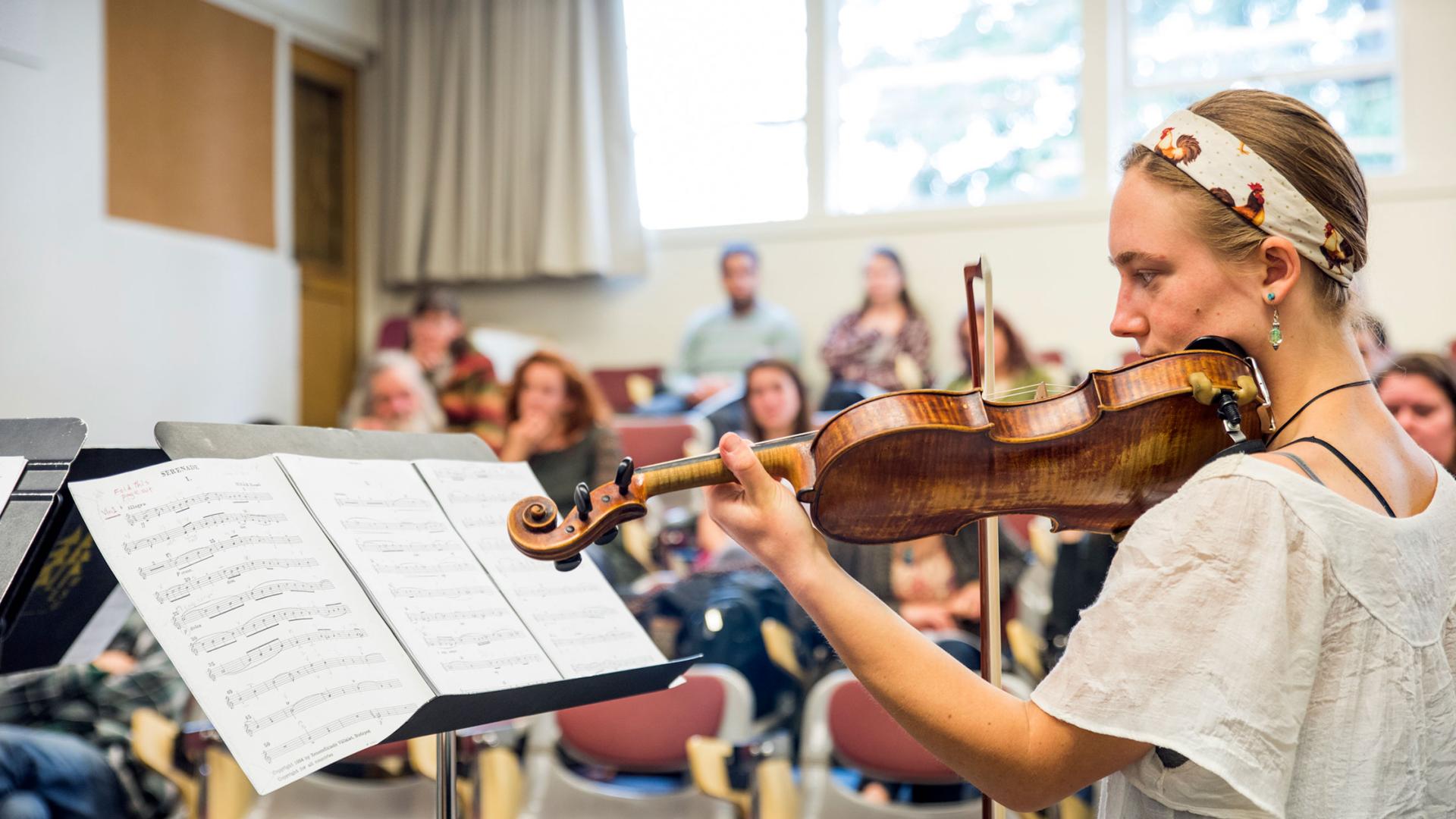Breadcrumb
Disability Determination
ADA and relevant regulations acknowledge that postsecondary institutions may, as part of an interactive process, request a reasonable level of documentation. The primary reasons for obtaining and reviewing documentation is to: (a) gather information from students, (b) consider all available information and materials, (c) determine functional limitations, and (d) identify reasonable services and accommodations.
Sources and Forms of Documentation
The University may use several methods when considering if a student qualifies as a person with a disability and to determine reasonable services and accommodations. Acceptable sources of documentation typically might include:
- Student’s Self-report. The University values input from its students regarding their lived experience and how the student may be “limited by impairment.” A student’s description of their lived experience of disability, barriers, and effective and ineffective accommodations may be sufficient for establishing disability and a need for accommodation.
- Observation and Interaction. During the interactive process, the Accessibility Advisor's impressions and conclusions contribute to understanding and evaluating the effectiveness of previously implemented or provisional accommodations.
- Information from External or Third Parties. The University may in cases of non-observable disabilities and conditions request supporting documentation from an external qualified provider such as educational or medical records, reports and assessments created by health care providers, school psychologists, teachers, or the educational system. This type of documentation may include, but not limited to, the University accepting information from a qualified treatment provider such as a medical specialist, counselor, educational evaluator or psychologist as well as documents such as an Individual Education Program (IEP), 504 Plan, Summary of Performance (SOP), or a summary of a secondary education teacher's observations.
The University encourages students to use its Disability Verification Form. Additional documentation may be requested in order for the University to make a determination. If so, all documentation must be in English, on letterhead, dated, signed, and include the professional's title, professional credential, and/or license number (if appropriate).
Authority to Determine Disability Status
The Director or designee of CDRC shall have the ultimate authority to determine disability status, and the decision shall be subject to the provisions below and to established appeal procedures. If the nature and extent of the disability is evident or observable (e.g., amputee, blind, quadriplegic) the Director of the program for CDRC or designee has the authority to determine the presence of a disability, without corroborating documentation.
In determining and or declining services and/or accommodations to qualified students with disabilities, CDRC Accessibility Advisors may consider the student’s disability, documentation, history of accommodations related to the disability, functional limitations, academic requirements and/or program requirements, and other issues that may impact the student’s opportunity to participate in the program or activity or benefit from equal access.
Transfer Students with Disability Status
A student who has transferred and received services from a California Community College, the University of California, or any other regionally accredited post secondary institution as a student with a disability may be eligible for academic accommodations or support services at a California State University campus providing appropriate documentation is received determining the existence of a disability by the criteria used by the CSU. The CDRC Director or designee shall have ultimate authority to determine disability status, subject to established appeal procedures.
Determining Learning Disabilities
The “CSU Guidelines for the Assessment and Determination of Students with Learning Disabilities” (begins on page 13) conform to national standards and are consistent with those issued by nationally known professional organizations [e.g., AHEAD]. These CSU Guidelines supersede eligibility criteria issued by the Office of the Chancellor in 2009. If any of the laws and regulations, upon which the CSU Guidelines are based are amended, the most current applicable laws and regulations shall apply.
The proper diagnosis of a learning disability involves an orderly, deductive process during which a wide range of information must be considered. Reliance on a single test instrument, no matter how comprehensive it appears, may be misleading. A comprehensive assessment and the resulting diagnostic report will include a diagnostic interview, evaluation of aptitude, academic achievement, information processing, clinical observation/processes, and a diagnosis.
Reasonable accommodations are based on the current impact of the disability on academic performance and not entirely on a diagnosis alone. In most cases this means that a diagnostic evaluation should be age appropriate and relevant to the student’s learning environment, and show the student’s current level of functioning. The final determination of appropriate and reasonable accommodations and support services rests with the CSU campus.
A diagnosis of a learning disability documented by a qualified professional (whether in private practice or in a previous school setting) does not automatically guarantee that identical accommodations and support services will be provided.





